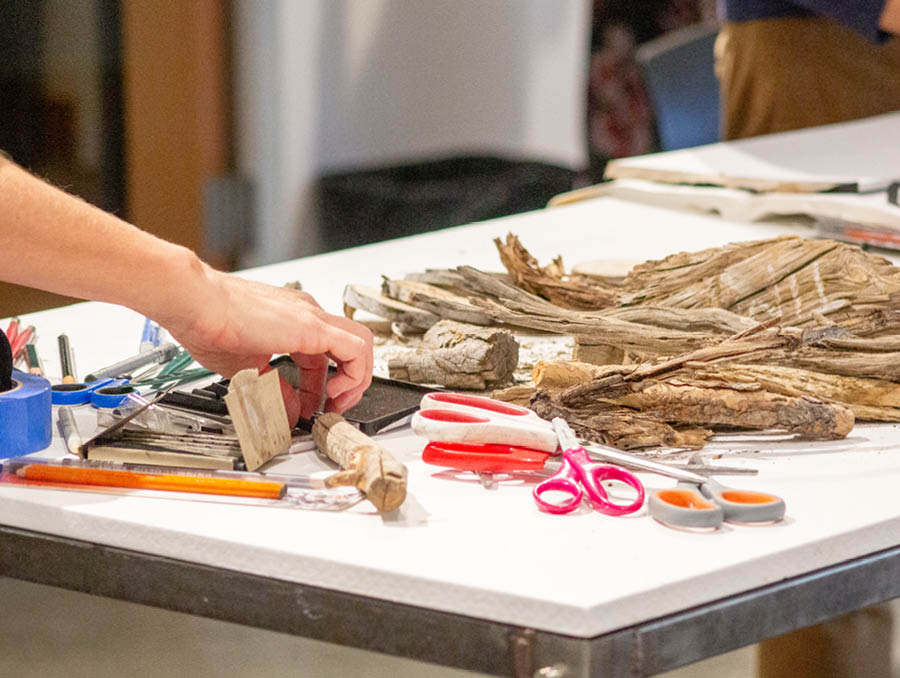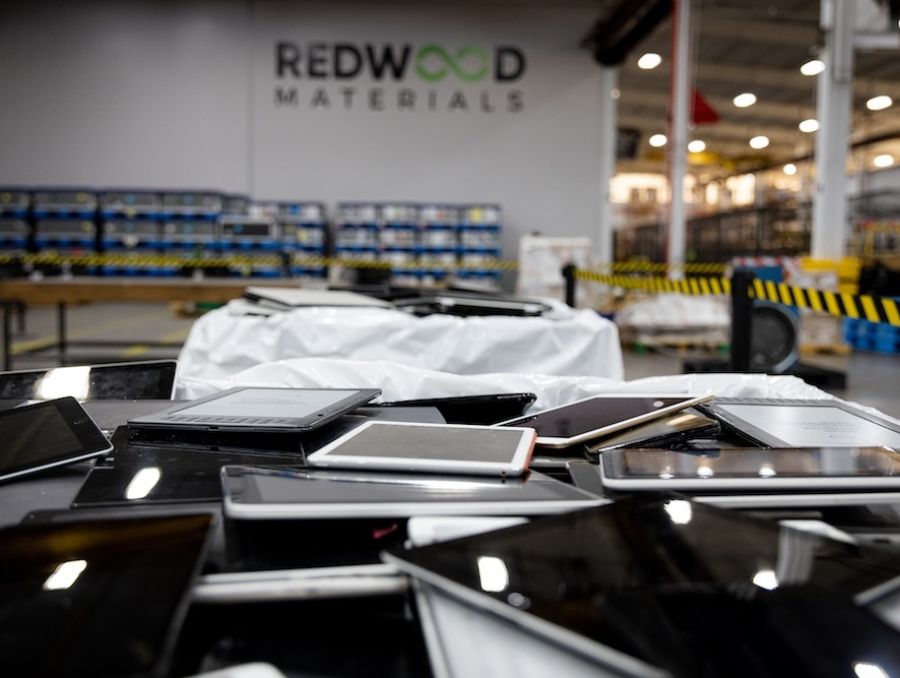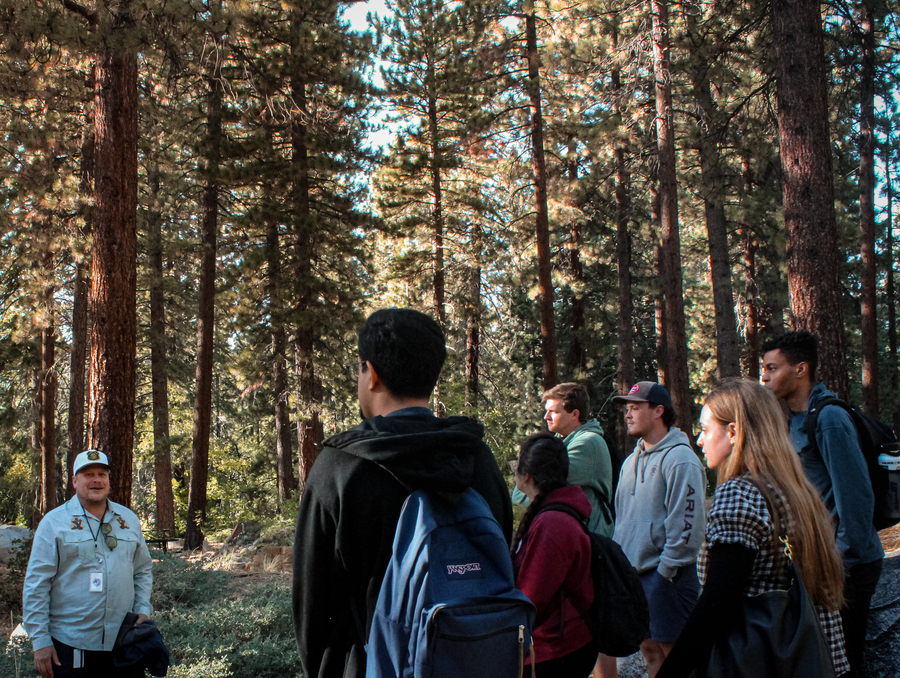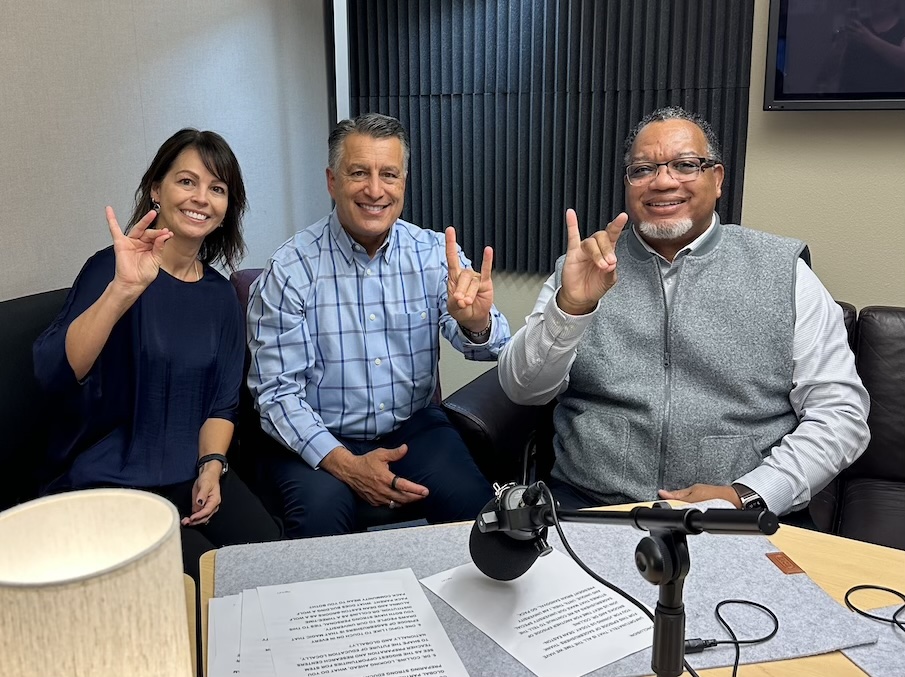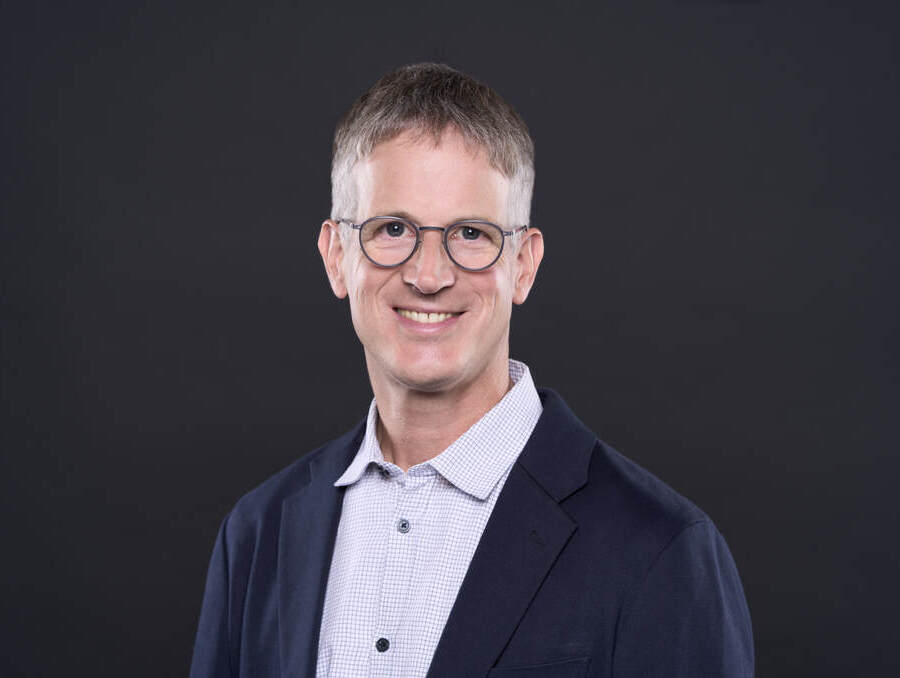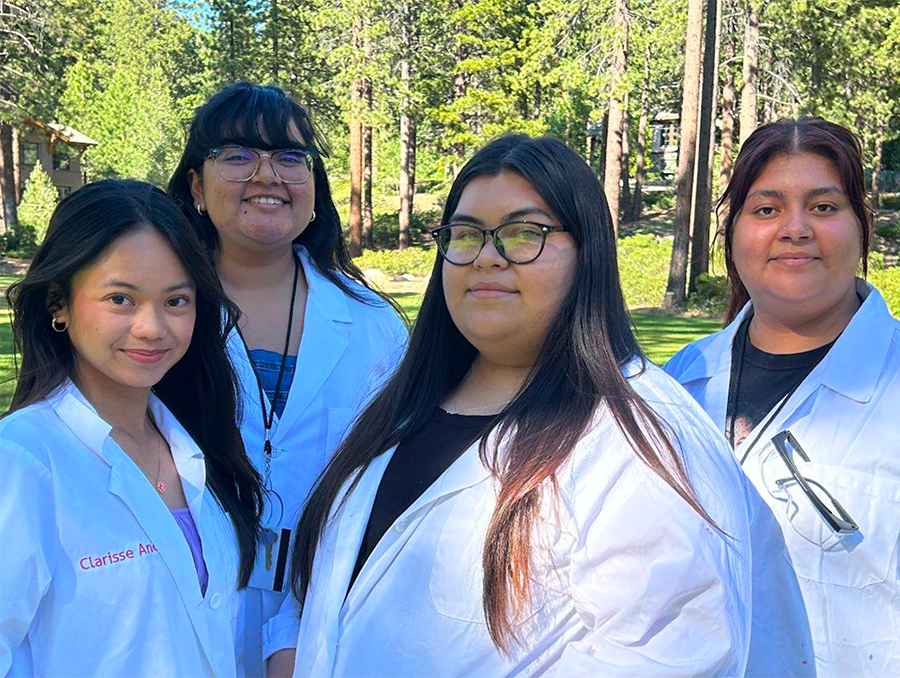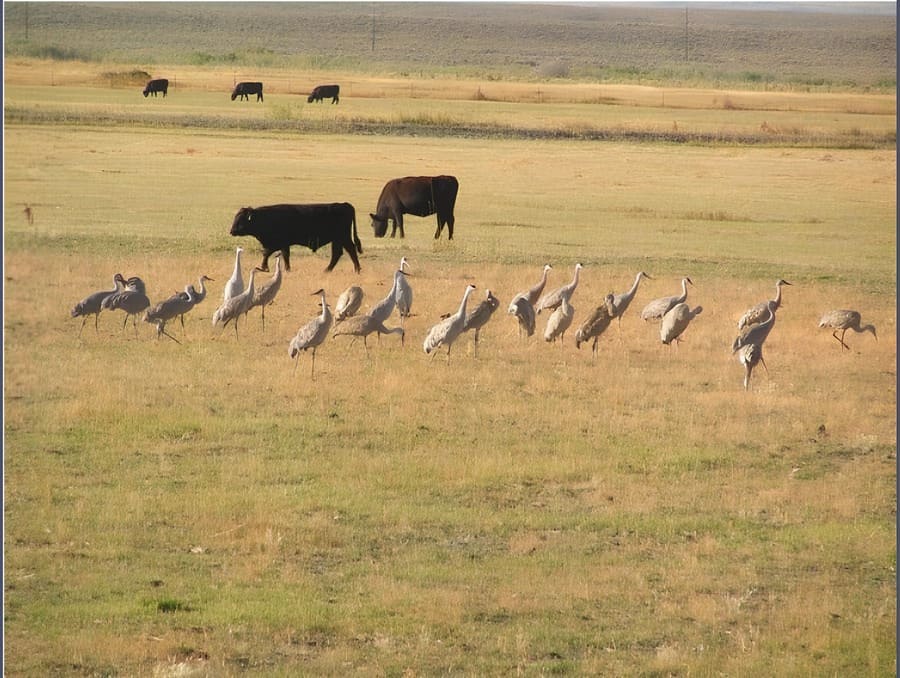What is the connection between art, science, field work and climate change? This Friday, Nov. 7 from 1 p.m. to 5 p.m. at the Nevada Museum of Art, scholars from the University of Nevada, Reno will join visiting artist Pujita Guha, an Indian artist and curator, and current Mahindra Postdoctoral Fellow at Harvard University, to reveal ways sustainability of nature and its biological diversity are being explored in experimental, collaborative and interdisciplinary ways. Discussions will cover not only different means of working in the field, but how to understand the relationship between recording, through drawings, photographs and writing, and remembering, and scientific field methods can be used in solving some of the most pressing sustainability issues. The event is one of three events that are supported by the Nevada Museum of Art, the University's Office of Global Engagement, the Department of Art, Art History and Design in the College of Liberal Arts, and the Tahoe Institute for Global Sustainability.
“In this event, I am really interested in programming that highlights the value of on-the-ground experience and research,” said Kelly Chorpening, chair and professor of art in the art department, within the College of Liberal Arts. “In the art department, we have two low-residency master’s of fine arts programs at the University of Nevada, Reno at Lake Tahoe – one in Interdisciplinary Arts and one in Creative Writing – and both are geared towards a ‘place-based’ approach. In our panel, we are interested in exploring how being in a particular location can inspire and expand the scope of one’s research and creativity. I wanted to bring Pujita Guha in because of the way she works across disciplines and across national boundaries to consider our relationship to nature through collective processes.”
The discussion is part of a broader effort between the University of Nevada, Reno and the Nevada Museum of Art to connect our community to educational resources about art, the environment, and sustainability. Much of the Museum's interdisciplinary programming, including the Nov. 7 forum, builds upon longstanding collaborations between the Museum and the University, including the development of a new minor in arts, land and environment through the art department in the College of Liberal Arts. Additionally, since the signing of a partnership agreement between the two institutions in April 2025, students in psychology and art/art history/design have been taking courses in their degree programs onsite at the Museum in the Charles and Stacie Mathewson Education + Research Center, and in association with the Phil and Jennifer Satre Institute for Art + Environment. University student and faculty interactions with the Museum help to create new knowledge about the art, library and archive collections at the Museum.
University students are granted free admission to the Nevada Museum of Art. Learn more.
“Opportunities for University faculty and students to interact with our archive, library and art collections, exhibitions, and our staff across many disciplines help support the missions of the Museum and the University,” said Charles N. Mathewson Senior Vice President of Education and Research at the Nevada Museum of Art Colin Robertson. “With this upcoming program, research and creative work being done by faculty from the University’s College of Science and College of Liberal Arts directly relate to the content of the upcoming exhibition Into the Time Horizon. We are excited to share an exhibition replete with artwork about climate change, Indigenous environmental justice, regenerative agriculture and conservation practices, endangered/extinct species, and threats to biodiversity and habitat loss.”
This November, the Museum opens the first section of Into the Time Horizon, a groundbreaking multi-year exhibition that will open in phases and transform the museum’s entire 120,000-square-foot building by spring 2026. The immersive show is the largest in the institution’s history, and the first to occupy every gallery and public space simultaneously, inviting visitors to imagine a future in which humanity interacts with our planet ethically, responsibly and with care. Spanning several new museum spaces, Into the Time Horizon brings together nearly 200 diverse artists from around the globe to confront the climate crisis, one of the most pressing issues of our time. Through an extensive range of media, the exhibition asks how art might help reimagine humanity’s relationship with the Earth itself.
“This is a really exciting opportunity to connect interdisciplinary thinkers to engage in creative problem solving,” said Sudeep Chandra, Ph.D., Tahoe Institute for Global Sustainability faculty and foundation professor in the biology department at the University of Nevada, Reno. “To be able to tackle the climate crisis and other sustainability questions, we need to build bridges between groups of scholars, experts and people who are passionate about sustaining nature and society. Utilizing the knowledge from our respective disciplines, the time is right to collaborate, communicate and break down the boundaries that keep us from approaching issues with creativity and care.”
And that’s exactly what the panelists will discuss: rethinking the interdisciplinary integration of art into scientific practice as a method in discovery and ideation in studies on climate change and sustainability solutions worldwide. Join panelists, including University faculty members Elizabeth Leger, director of the Museum of Natural History, Foundation Professor Matthew Forister, Paul White, Chris Lanier, Kelly Chorpening, and Scott Hinton, from 1 p.m. to 5 p.m. on Nov. 7. Online registration is recommended.
